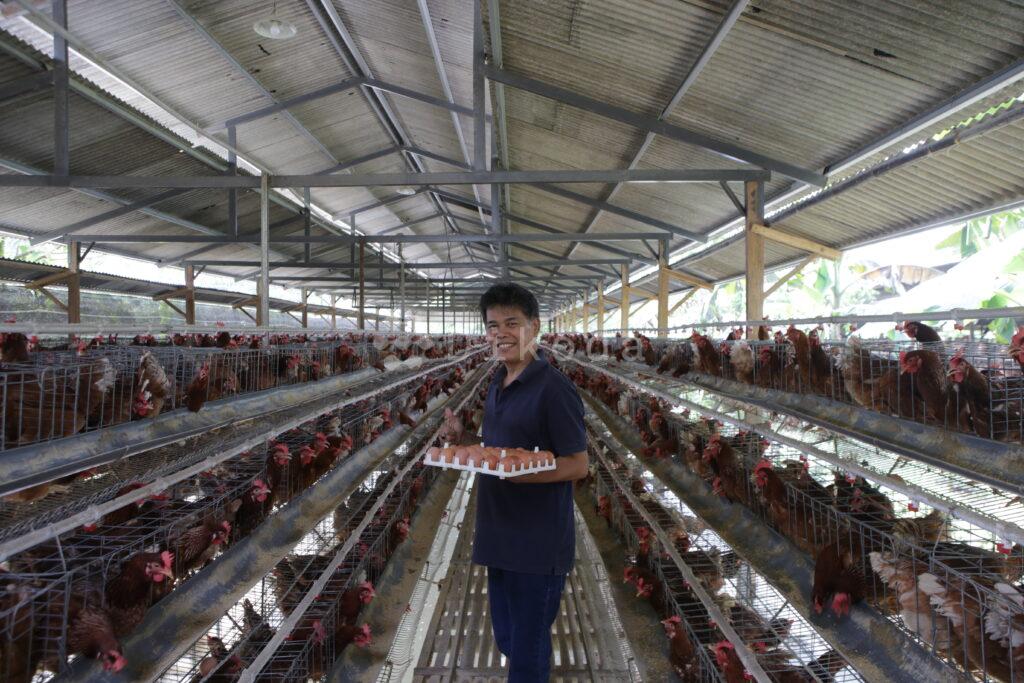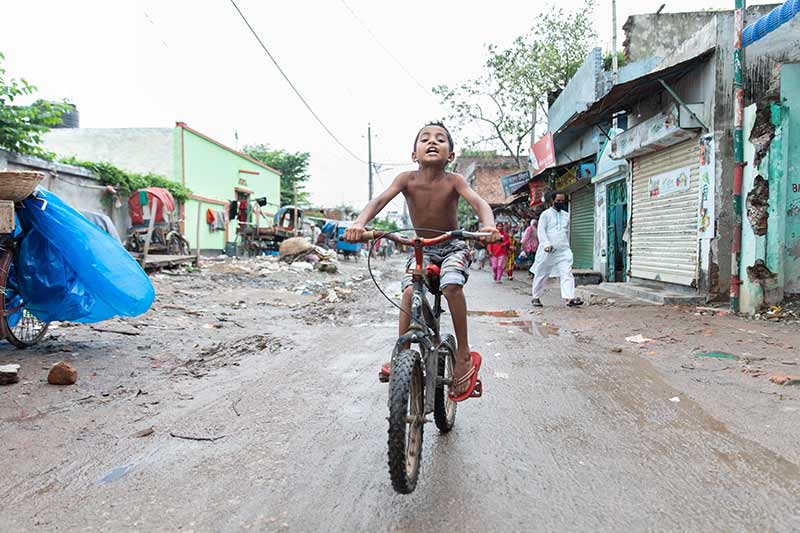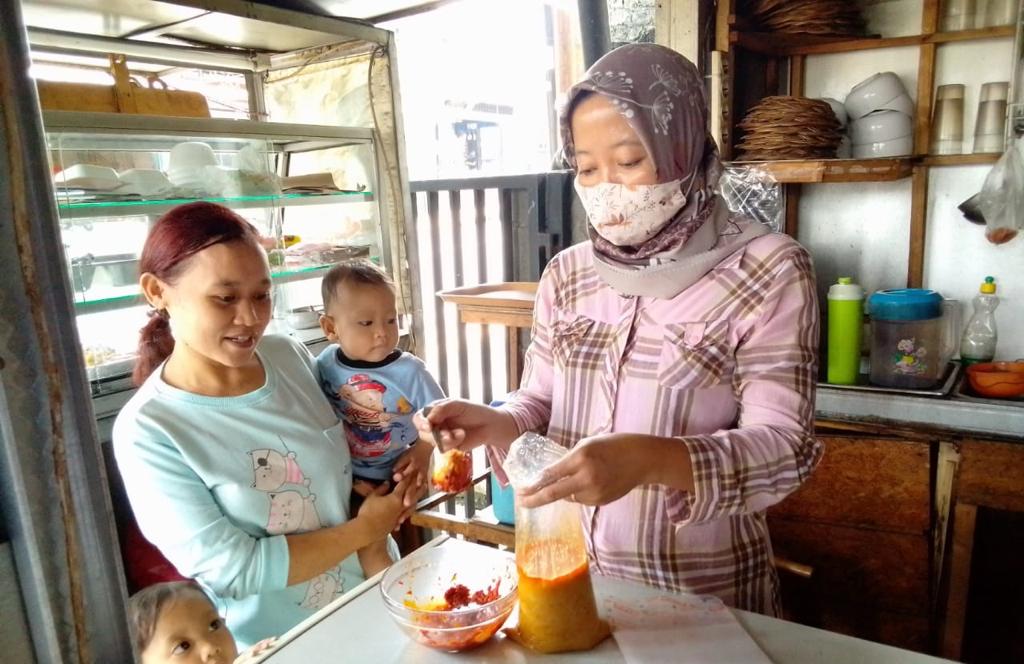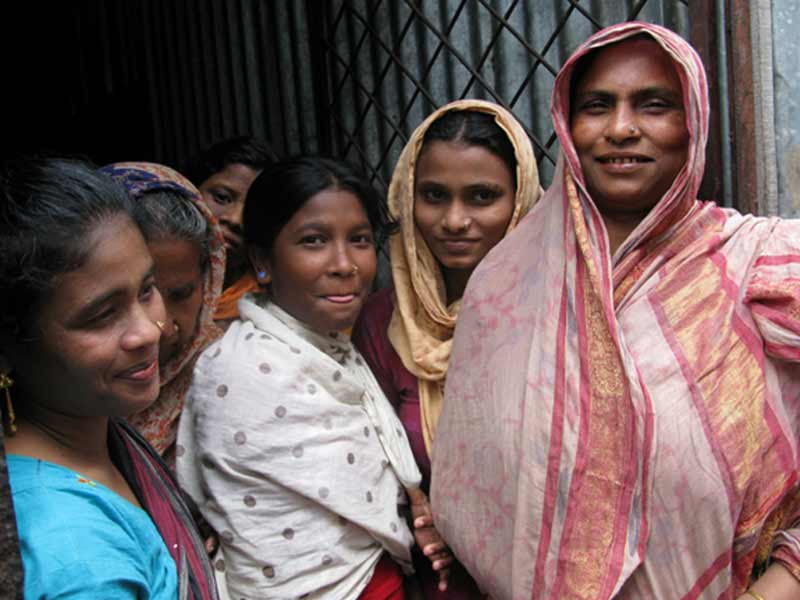
‘Greening’ Food Systems: How and Why
Look around. Already, climate change is threatening food production across the world – wildfire and floods, droughts and hurricanes, pests and pestilence, thanks to climate change, these things have become routine.
By some estimates, without significant change, global food yields could decline 30% by 2050, at which time there is expected to be 10 billion humans on the planet. Do the math: today there are nearly 8 billion people, and over 800 million of them suffer from chronic food deprivation. Reduce yields and increase population, and food insecurity may spiral out of control.
At the same time, one-third of global greenhouse gas emissions come from the production, distribution, and consumption of food. That is to say, food production is both greatly affected by climate change, and one of the greatest contributors to it. As the United Nations put it, food security and climate change are “inextricably linked.”
Crucially though, as both a cause and a victim of climate change, food systems provide an enormous opportunity – by ‘greening’ food systems, the dual threats of climate change and food insecurity can be addressed in one fell swoop.
But how?
How Do You ‘Green’ a Food System?
It has been called the “farm to fork” strategy, meaning a green approach to everything involved in the productivity, profitability, and sustainability of food systems. ‘Greening’ food systems means creating more sustainable production systems by reducing crop and livestock emissions, and capturing carbon in soils and biomass; it means using better data to make land management decisions, and transitioning to green approaches for transport and storage. It also means a change in habits on the consumer end, a reduction of waste and an end to an over reliance on meat-based diets.
Did you know: production of plant-based meat emits 30–90% less greenhouse gas than conventional meat.
From farm to fork, greening food systems can improve productivity and sustainability, while at the same time, having a dramatic impact on GHG emissions and the fight against climate change.
Financing ‘Green’ Food Systems
In many low- and middle-income countries, ‘greening’ food systems is not so much about will, as it is about means. Dramatic changes are expensive, and unfortunately, many of the countries whose food systems will be most affected by climate change are those for which the cost of change can be prohibitive.
The good news, such as it is, is that as climate change worsens, opportunities to obtain international financing to address it are on the rise. This means multilateral development banks, foreign direct investment flows, and a number of other innovative finance instruments which are being made available. Simply, as climate change worsens, low- and middle-income countries will be able to leverage new and expanding sources of climate finance.
The key? By focusing this financing towards the greening of food systems, countries will receive a double benefit – both the substantial reduction of GHG emissions, and increased food security.
Moving forward, green food systems are both the how and the why.



